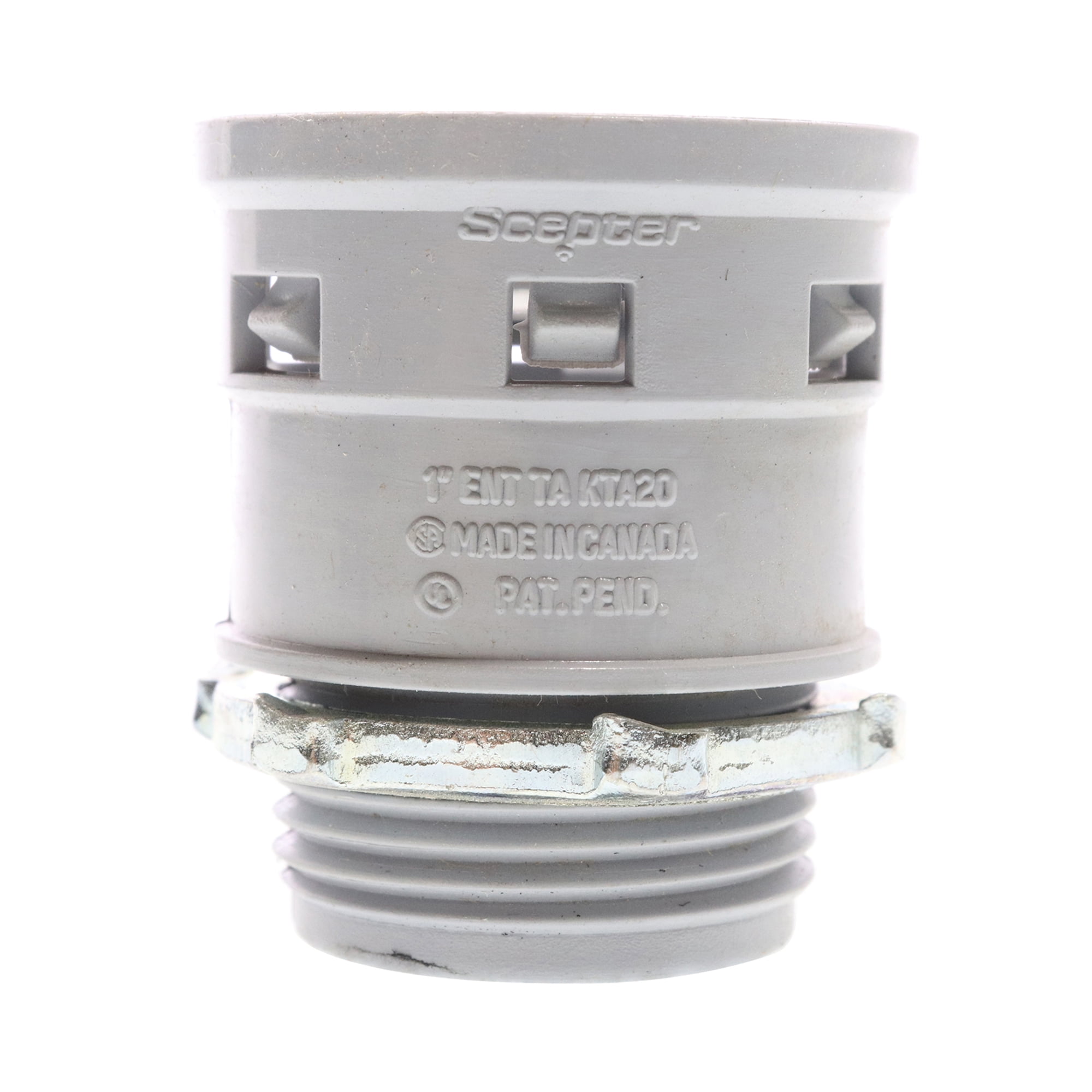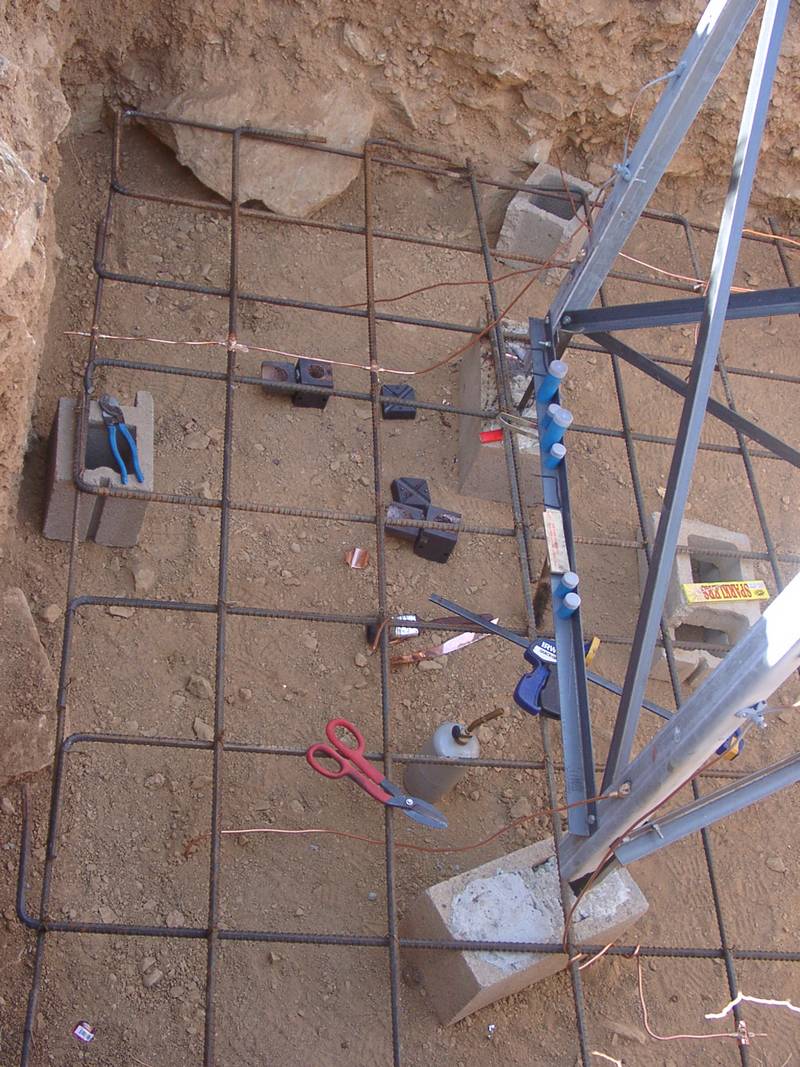

Since a fundamental requirement of the NFPA 70E safety standards is to place all equipment in an electrically safe work condition as noted above, this is always the preferred condition prior to inspection. Thus, it is likely in many cases that the equipment will be energized when the inspector arrives, and this presents safety hazards to the inspector whenever it is necessary to open the equipment in the course of the inspection. Often, the electrical contractor will energize equipment to troubleshoot or verify proper operation before the inspector arrives on the jobsite. Many jurisdictions have regulations that require acceptance by the inspector before the equipment is energized, but many others do not. In many cases when the inspector arrives on the jobsite, the equipment is closed up and energized. Legal settlements almost always involve citations of deficiencies in the employer’s safety program as a causative factor leading to the accident.Įlectrical inspectors face the same hazards as they perform the inspection process if the equipment is energized. The average cost of a survived accident can easily reach $8 million to $10 million in direct and indirect costs. The arc-flash and shock hazards are only present when electrical equipment is energized, and that includes the steps of performing the process of lockout/tagout up to and including the point that the equipment has been verified to be in an electrically safe work condition, meaning it has been verified as not energized.Īrc-flash accidents result in devastating consequences to the workers involved and their families and are also very costly to the employer and its insurers. NFPA 70E 2004 Article 130.1, Justification for Work, is very clear that one of the fundamental requirements for safe electrical work practices in any facility is to place all equipment in an electrically safe work condition (i.e., lockout/tagout) before personnel works on or near the equipment, unless the circumstances meet certain conditions for exemption from that rule that are clearly outlined in NFPA 70E 2004 Article 130.1(A) (3).
#CONCRETE ENCASED ELECTRODE FULL#
With a flame resistant (FR) rating of 8 cal/cm2, NFPA 70E-2004 Hazard Risk Category 2* requires full face and neck protection which is provided in this case by a wraparound face shield rated for a minimum of 8 calories per square centimeter. In an effort to reduce these incidents, the NFPA 70E® standard was published, and OSHA cites it as a definitive resource for employee electrical safety in the workplace.

Those incidents most often occur when personnel are required (or choose) to work on electrical equipment while it is in an electrically energized condition. Statistics indicate that five to ten arc-flash accidents that involve a fatality or serious injury to an employee occur every day in the United States. Electrical arc-flash and shock hazards have been recognized as particularly dangerous and fairly frequent occurrences that put the lives and health of electrical workers at significant risk.


 0 kommentar(er)
0 kommentar(er)
